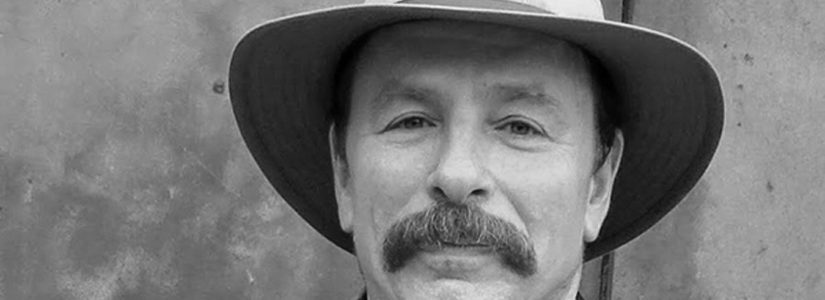
Notes from the Board: Anthony W. Robins
October 1, 2017 | by Anthony W. Robins, Board Member
Article from Fall 2017 Newsletter
I’m a born and bred New Yorker, as was my father before me—in fact, one of my great-great-grandfathers lived on the Lower East Side. Even as a youngster, I found history fascinating, particularly the history of my neighborhood, Riverdale in the Bronx. But the city’s physical environment was something I just didn’t see, which I think was true of most New Yorkers in the 1950s and early 1960s. In the mid-1970s, as an art history graduate student in London, I took a course on English architecture just to understand that city a little better. It didn’t really take at first. But then, one day, while riding on the upper level of a double-decker bus, looking out the window as we passed a group of not-terribly-distinguished Victorian row houses, I started to notice their details—in particular the windows with little columns on either side we learned about in class. It was an extraordinary sensation; I felt as though a third eye had opened in my forehead, an eye that saw architecture.
Coming home to New York for winter break, I spent my vacation charging around the city looking at everything I could. I distinctly remember standing in front of Carnegie Hall and thinking, “So that’s what it looks like!” And then, one day, having spotted an ad in The New York Times for a tour of “pre-Civil War cast-iron architecture in Tribeca” sponsored by the Friends of Cast Iron Architecture, I found my way down to that then-obscure neighborhood, took a tour led by famed architectural historian and guide Barry Lewis, and before long became a volunteer for the legendary Margot Gayle. It was Margot who recommended me to the New York City Landmarks Preservation Commission when a position opened up in 1979, shortly after Ed Koch became mayor, and just a few months after the Supreme Court had handed down its groundbreaking decision on Grand Central Terminal. Tony Wood, the fearless chair of the Archive Project, was there too, assistant to the chairman at the time, Kent Barwick. I figured I’d stay in the job for a couple of years, get some experience, meet some people, and then go out on my own. Twenty years, three mayors, and five chairmen later—after stints as Deputy Director of Research and then Director of Survey—I finally left, but not before serving as point person for two sets of landmark designations of which I am most proud: the Broadway theaters and the landmarks of the Financial District.
Even during my time at the Commission, and very much since then, I’ve focused on opening architectural third eyes for other people. In the early 1980s I joined the Art Deco Society of New York, and using skills honed with Margot Gayle, created the Society’s walking tour program. Since then, I’ve taught at NYU and Columbia; directed a seminar (still running) at the Municipal Art Society on how to research New York City buildings; led hundreds—or more likely thousands—of walking tours all over the city, and in the past few years published books about the original World Trade Center, the art and architecture of the subway, Grand Central Terminal, and, most recently, a walking tour guidebook: New York Art Deco: A Guide to Gotham’s Jazz Age Architecture.
After attending the Archive Project’s legendary Bard Birthday Breakfast Benefit for several years, I volunteered to Tony Wood that should there ever be an opening on the board I might be interested in joining. Yes, be careful what you wish for…soon enough I was drafted into service. Since then it has been a pleasure to be associated with the Project, and to work with such a devoted group of people towards the important mission of documenting, preserving, and celebrating the history of the preservation movement. I have volunteered my time planning and leading walking tours for the organization and acting as interviewer for their oral history program, among other things. It is a worthwhile effort that I feel is lifting up the work of the Margot Gayles of our city.